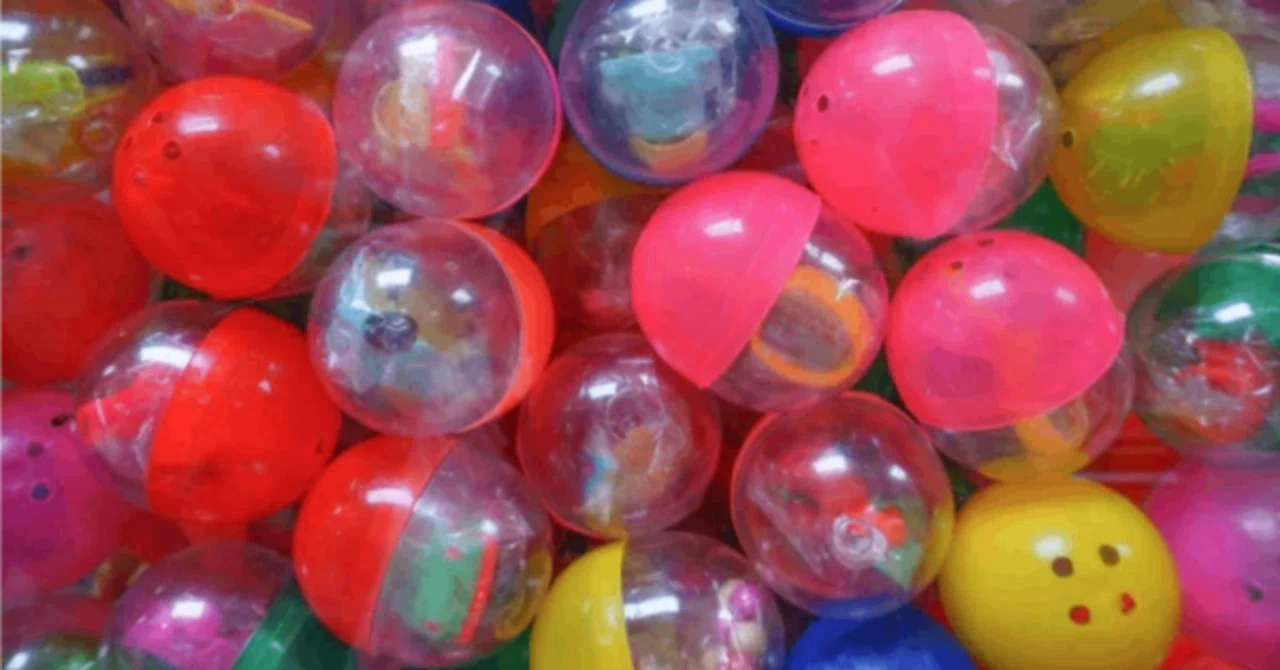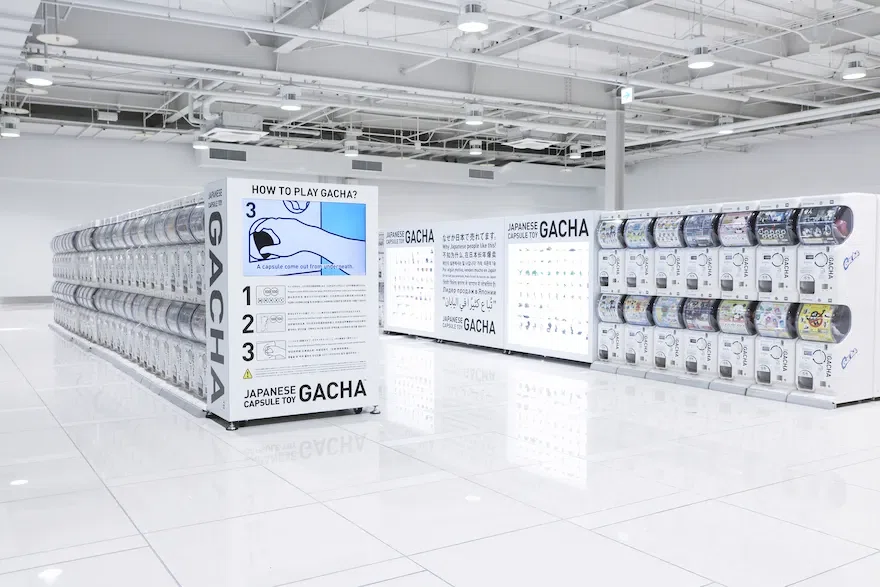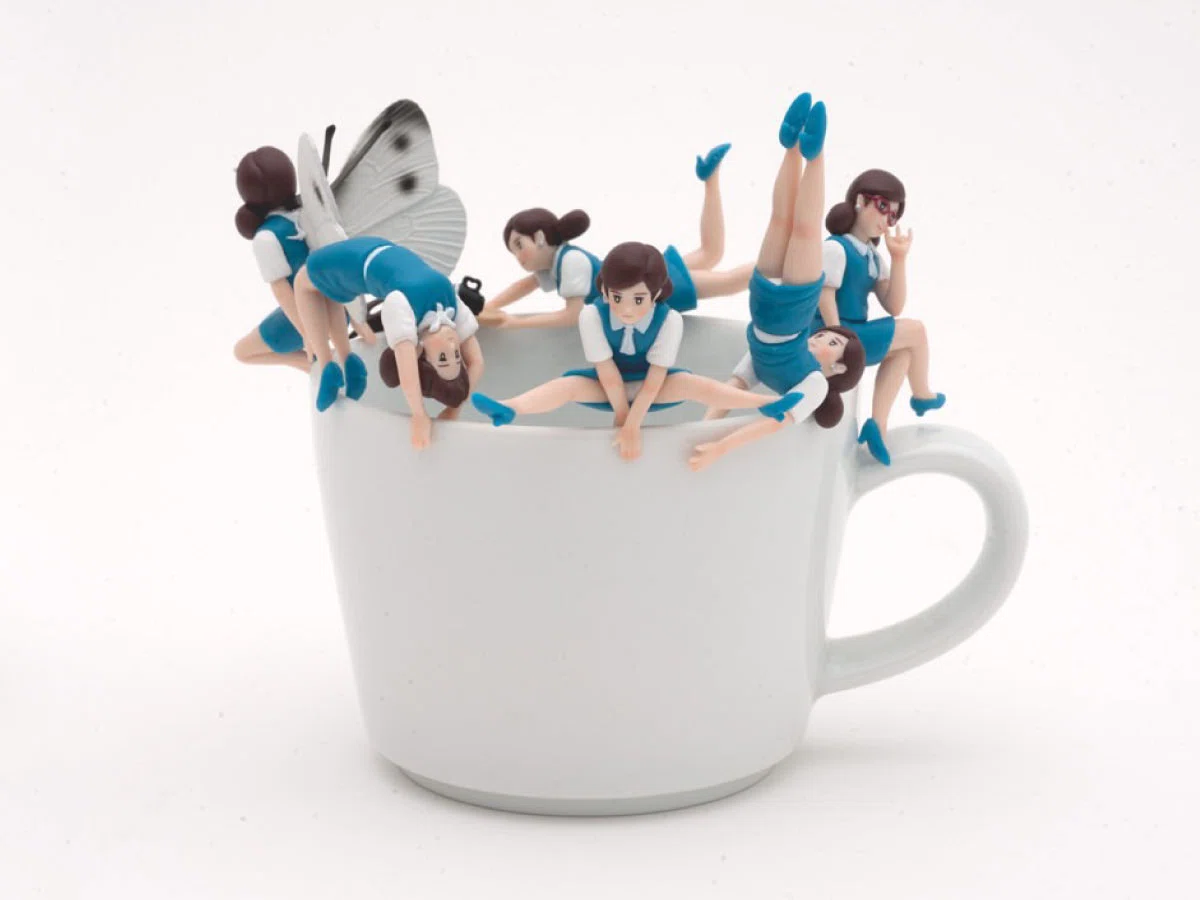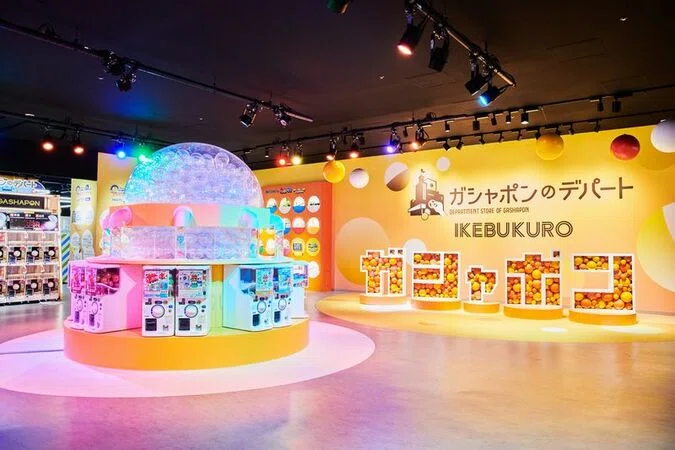The Economics of Gacha: Why Japan’s “Micro‑Investment Culture” Hooks Adult Tourists — and Investors

Overview
Once a kids’ distraction by the candy‑store door, Japan’s capsule‑toy machines (gacha / gashapon) now sit in airport concourses and mega‑stores — perfectly placed to capture spare coins, spare minutes, and social‑sharing impulses. The market reached ¥65 billion (~$0.44B) in 2023 (+44% YoY) and ¥80 billion (~$0.54B) in 2024 (+23%), with ¥100 billion (~$0.68B) in sight (converted at ¥148 per $1 as of 19th Sep. 2025).
Airports like Narita reportedly see top‑tier sales per machine, proving that “exit‑economy” retail — buying in your last few minutes before departure — turns tiny, immediate thrills into outsized conversion and lifetime value.

What “Gacha” Means (and Why Travelers Care)
Gacha (also known as gashapon®) are capsule‑toy vending machines. You insert a small payment, twist a knob, and receive a sealed capsule with a surprise toy inside. You now find these machines in Japanese airports, major transit hubs, and dedicated “gacha department stores.”
For travelers, they deliver two perfect micro‑moments: a first surprise on arrival and a last purchase just before flying home — fun, tiny, packable, and priced to spend leftover coins.
Market snapshot: Japan’s capsule‑toy market expanded to reached ¥65 billion (~$0.44B) in 2023 (+44% YoY) and ¥80 billion (~$0.54B) in 2024 (+23%), with ¥100 billion (~$0.68B) in sight (converted at ¥148 per $1 as of 19th Sep. 2025). Airports like Narita reportedly see top‑tier sales per machine, proving that “exit‑economy” retail — buying in your last few minutes before departure — turns tiny, immediate thrills into outsized conversion and lifetime value.
A 60‑Year Timeline: From Gum Balls to Global Fandom
1965 — Import & Invention
Capsule toys came to Japan via U.S. gum‑ball‑style machines. Early operator Penny helped establish the format, and February 17 is now recognized as “Gacha Day,” tied to the company’s founding date. The core experience was set from the start: low cost, instant payoff, tangible ownership.

1977–1983 — IP Supercharges Demand
In 1977, Bandai enters with Gashapon®, shifting gacha from “candy‑store trinket” to character IP collecting. In 1983, Kinnikuman erasers spark a national craze, ultimately totaling ~180 million units. Kids learn to collect, trade, and talk about hits — building cultural tolerance (and excitement) for limited randomness: you don’t know which figure you’ll get, but you always get something.

2010s — From Kids’ Toy to Adult Souvenir
In the 2010s, miniature figurines begin to photograph beautifully just as social media surges. The 2012 hit “Fuchico on the Cup” (about ¥200 per try) popularizes visible ownership — a small, witty object that lives in photos, on desks, and in memory. Inbound tourists start adopting the ritual: grab a tiny surprise as a keepsake.

Stores Become Algorithms
Visit the flagship Gashapon “department store” in Ikebukuro, Tokyo and you’ll find roughly 3,000 machines under one roof. This isn’t just a wall of toys — it’s experience architecture:
- Wayfinding & search: digital inventory lookup helps visitors locate exactly the right series amid thousands of options.
- Photo moments: branded “gacha photo spots” turn collecting into content.
- Merchandising as algorithm: layout drives exploration loops; wandering becomes part of the value.
Operationally, these stores act as real‑time data hubs: seeing which IPs move, at what price points, where, and how fast. That inventory‑turn intelligence is gold for planning restocks, rotations, and future releases.

Airports and the “Exit Economy”
The effect is even more pronounced in airports. Narita has scaled to hundreds of machines across terminals; some sites reportedly do 3× the national average sales per machine. Why it works:
- Leftover resources: after currency exchange and duty‑free, travelers often end up with stray coins, spare minutes, and last‑call attention — perfect conditions for a quick, low‑friction purchase.
- Price tiers with premium credibility: most machines sit at ¥200–¥500 (~$1.35–$3.38) per try, but ¥1,000–¥2,000 (~$6.76–$13.51) premium capsules also sell when IP × quality justifies the price.
- Emotional frame: “one more small surprise before I go” is remarkably persuasive in the final minutes before boarding.

The Behavioral Math of Small Thrills
The power of gacha isn’t just low price — it’s structured uncertainty:
- “Guaranteed something, unknown which” nudges one more spin.
- Set completion, colorways, and secret items induce repeat purchase.
- Payment is tiny, ownership is instant, sharing is immediate (hello, Instagram and TikTok).
Because the cycle time is short — minutes rather than days — in‑store LTV per visit can be surprisingly high. And in airports, where time and money are already fragmented by travel tasks, the micro‑purchase fits seamlessly, driving exceptional conversion rates.
History Rhymes: Same Core Value, New Surfaces
The foundations haven’t changed — “small, immediate, ownable fun” — but execution has evolved:
- 1960s proximity (stationery shops, candy stores) → 2020s immersion (mega specialty stores).
- 1970s–80s “collect & talk” → social‑era “post & spread.”
- Randomness tolerance has matured into a design feature — and cultural norm — for low‑stakes, repeatable delight.
An Investor’s Lens: Reading Micro Demand in Real Time
For investors and operators, gacha functions like a micro‑macro indicator:
- Velocity & cadence: sell‑through speed and restock intervals visualize IP heat in days, not quarters.
- Elasticity tests: with ¥200–¥2,000 (~$1.35–$13.51) price bands, you can probe price sensitivity by machine, IP, and location.
- Path analysis: rows and clusters of machines let you observe foot‑traffic funnels and dwell‑time effects.
Format playbook:
- Airport = exit economy (harvest spare time & coins)
- Mega‑store = experience density (maximize exploration & content creation)
- Extend to: pop‑ups, duty‑free, tourist‑oriented vending zones
The operating formula: capture needs unique to each venue, raise ARPU with credible premium SKUs, and optimize capital efficiency through fast IP rotations and inventory turns.
The Time Economy, Not Just the Price Economy
In the end, gacha monetizes time as much as price:
- Rapid repeats within a short visit
- Dense experience within a small footprint
- Instant ownership, long‑tail memory (a desk toy, a photo, a story)
From the 1965 import, through Kinnikuman mania, Fuchico’s photo‑friendly charm, airport domination, and 3,000‑machine experience architectures, half a century of learning now draws adult inbound travelers and investors to the same conclusion: tiny capsules are vessels for Japan’s “micro‑investment culture” — machines that convert experience into asset, one small twist at a time.
Planning a gacha or vending‑led concept?
Talk directly with NextGens about airport retail strategy, capsule‑toy IP design, or Japanese market entry.
💬 Chat on WhatsApp